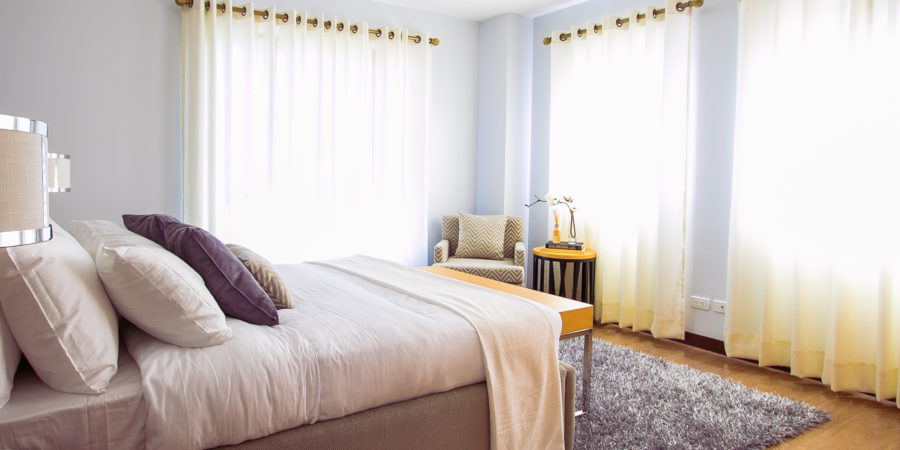From new windows and doors to a complete kitchen overhaul, home renovations come with a lot of price variables based on the size and scale. Once you’ve figured out the areas where you want to splurge and want to save, the golden rule of renovating (or any costly undertaking, really), is to figure out the finances first.
Whether you’re paying professionals or doing it yourself, homeowners should do extensive research on costs and get multiple quotes in order to set a realistic budget. Once you’ve nailed down how much you want to spend, add a small percentage budgetary padding in case of unexpected costs.
With your renovation budget set, how are you going to pay for it? Here are a few options to consider.
Save up and pay cash
Saving up the money is ideal because you’re more likely to keep a close eye on costs and stay on budget when you’re counting every hard-earned dollar. Plan how much you’re going to save each month and sock away your money in a high interest savings account or a tax-free savings account (TFSA) specifically designated as your home renovation fund. For longer term savings of one to 10 years you can put your money in guaranteed investment certificates (GICs), which generally don’t promise high returns but are a considered a safe investment. However, most people don’t have a ton of cash on hand for larger projects – especially ones that require buying expensive appliances and fixtures or paying contractors, electricians, or plumbers. This may require you to finance your renovation through loans.
Home equity line of credit (HELOC)
A home equity line of credit (HELOC) is a revolving line of credit secured by your home that allows you to borrow up to 65% of your home’s value, making it popular borrowing choice for large-scale renovations. With your house acting as collateral, banks are willing to lend you a larger amount of money at a lower rate. HELOCs work line a traditional line of credit in that you can use a much or as little of your available credit balance as you like, and only pay interest on the amount you withdraw. Note that your outstanding mortgage balance and HELOC cannot equal more than 80% of the value of your home, and that most HELOCs have variable interest rates. As historically low interest rates start to rise, the cost of debt repayments on variable-rate loans will be higher.
Personal line of credit
An unsecured personal line of credit will have a higher interest rate than a HELOC, but lower than a credit card. With no assets or collateral backing the loan, the rate you’re offered will depend on your financial standing and how high your credit score is. It’s also harder to be approved for this type of loan. However, a line of credit also gives flexibility in that you have ongoing access to funds for larger purchases in your home renovation, only pay interest on the amount you actually use. Personal lines of credit are best for medium-sized renovations – if you’re doing anything more extensive and expensive, you’ll want to get a secured loan with a lower interest rate.
Credit cards
Credit cards have higher interest rates and should never be used as the primary source of financing a renovation. However, they’re convenient for making purchases for small DIY projects or any last-minute tools or fixtures picked up at the hardware store. The best credit cards in Canada give you rewards points, miles, or cash back on every purchase, but it’s only worth it if you pay off your balance in full every single month.
Ratehub.ca empowers Canadians to search smarter and save money by comparing mortgage rates, credit cards, high-interest savings accounts, chequing accounts, and insurance.
